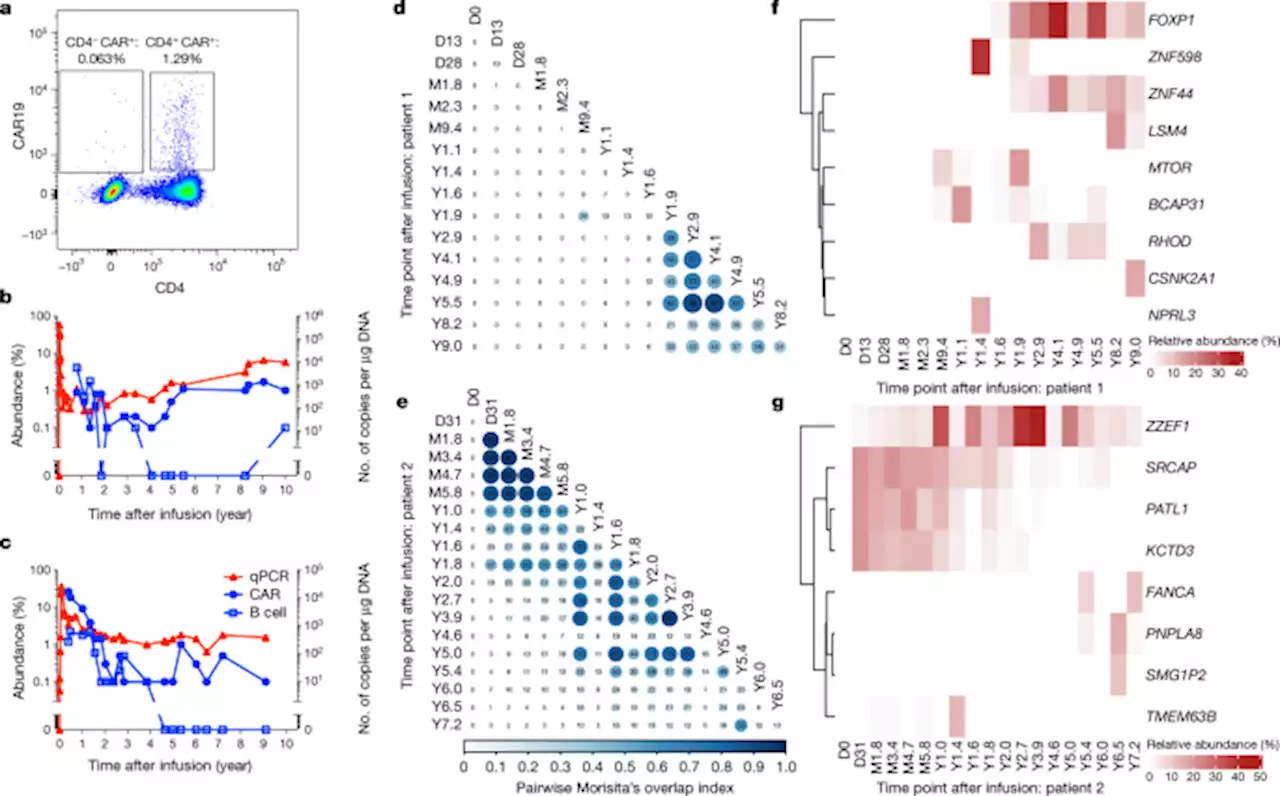Nature research paper: ACE2 binding is an ancestral and evolvable trait of sarbecoviruses
. Both of these sarbecoviruses, SARS-CoV-1 and SARS-CoV-2, engage ACE2 via the spike receptor-binding domain . However, binding to ACE2 orthologs from humans, bats, and other species has been observed only sporadically among the broader diversity of bat sarbecovirusesto trace the evolutionary history of ACE2 binding across a diverse range of sarbecoviruses and ACE2 orthologs. We find that ACE2 binding is an ancestral trait of sarbecovirus RBDs that has subsequently been lost in some clades.
Furthermore, we reveal that bat sarbecoviruses from outside Asia can bind ACE2. Moreover, ACE2 binding is highly evolvable: for many sarbecovirus RBDs there are single amino-acid mutations that enable binding to new ACE2 orthologs. However, the effects of individual mutations can differ markedly between viruses, as illustrated by the N501Y mutation which enhances human ACE2 binding affinity of several SARS-CoV-2 variants of concernbut severely dampens it for SARS-CoV-1.
Norge Siste Nytt, Norge Overskrifter
Similar News:Du kan også lese nyheter som ligner på denne som vi har samlet inn fra andre nyhetskilder.
 Decade-long leukaemia remissions with persistence of CD4+ CAR T cells - NatureInfusion of CD19-directed chimeric antigen receptor T cells into two patients with chronic lymphocytic leukaemia resulted in complete tumour remission and persistence of the infused cells more than ten years later.
Decade-long leukaemia remissions with persistence of CD4+ CAR T cells - NatureInfusion of CD19-directed chimeric antigen receptor T cells into two patients with chronic lymphocytic leukaemia resulted in complete tumour remission and persistence of the infused cells more than ten years later.
Les mer »
 Autism genes converge on asynchronous development of shared neuron classes - NatureHaploinsufficiency in three genes associated with risk of autism spectrum disorder—KMT5B, ARID1B and CHD8—in cell lines from multiple donors results in cell-type-specific asynchronous development of GABAergic neurons and cortical deep-layer excitatory projection neurons.
Autism genes converge on asynchronous development of shared neuron classes - NatureHaploinsufficiency in three genes associated with risk of autism spectrum disorder—KMT5B, ARID1B and CHD8—in cell lines from multiple donors results in cell-type-specific asynchronous development of GABAergic neurons and cortical deep-layer excitatory projection neurons.
Les mer »
 Structure of a B12-dependent radical SAM enzyme in carbapenem biosynthesis - NatureX-ray crystal structures of TokK, a cobalamin- or B12-dependent radical SAM methylase, provide insight into how these enzymes use sequential radical-mediated methylations to assemble the C6 side chain of carbapenem antibiotics.
Structure of a B12-dependent radical SAM enzyme in carbapenem biosynthesis - NatureX-ray crystal structures of TokK, a cobalamin- or B12-dependent radical SAM methylase, provide insight into how these enzymes use sequential radical-mediated methylations to assemble the C6 side chain of carbapenem antibiotics.
Les mer »
 Study Finds Only 97% Of Eye Contact Sexual In NatureNEW YORK—In a finding that reverses decades of conventional scientific wisdom, a sociological study from Columbia University revealed Wednesday that only 97% of eye contact is sexual in nature. “Our research suggests that a stunning 3% of all cases of a coworker, friend, or complete stranger making momentary eye…
Study Finds Only 97% Of Eye Contact Sexual In NatureNEW YORK—In a finding that reverses decades of conventional scientific wisdom, a sociological study from Columbia University revealed Wednesday that only 97% of eye contact is sexual in nature. “Our research suggests that a stunning 3% of all cases of a coworker, friend, or complete stranger making momentary eye…
Les mer »
SARS-CoV-2 Omicron variant replication in human bronchus and lung ex vivo - NatureNature research paper: SARS-CoV-2 Omicron variant replication in human bronchus and lung ex vivo
Les mer »
Altered TMPRSS2 usage by SARS-CoV-2 Omicron impacts tropism and fusogenicity - NatureNature research paper: Altered TMPRSS2 usage by SARS-CoV-2 Omicron impacts tropism and fusogenicity
Les mer »